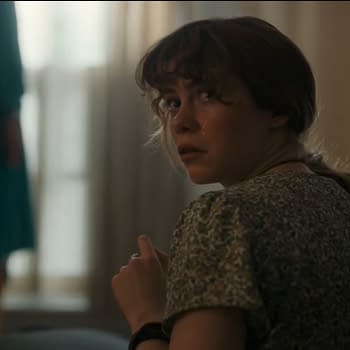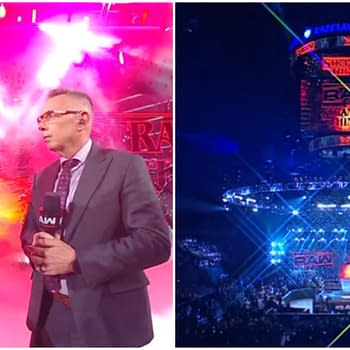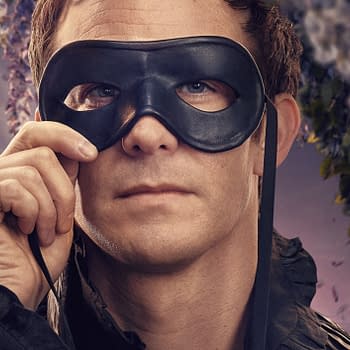Posted in: Disney+, TV | Tagged: attack of the clones, bleeding cool, cable, Hayden Christensen, Maul, Revenge of the Sith, Sam Witwer, Sebastian Shaw, star wars, star wars: the clone wars, streaming, television, The Clone Wars, tv
Star Wars: The Clone Wars Nearly Explained Anakin's Force Ghost
One of the most appealing things about the Dave Filoni animated Star War universe is how it provides a perfect complement to the existing film canon from George Lucas. The Clone Wars fills in many of these blanks from, "How do Yoda, Obi-Wan Kenobi and Anakin Skywalker become force ghosts when they die, but no other Jedi come back?" or "How did Boba Fett become this badass bounty hunter?" While Yoda and Obi-Wan's force ghost training are eventually explained, no one is ever told how he got to master it when he appears as his Jedi self rather than as Darth Vader at the end of Return of the Jedi. Wonder no more as Maul voice actor Sam Witwer revealed how during an IGN and CineFix watch party of Return of the Jedi (H/T Cinema Blend).
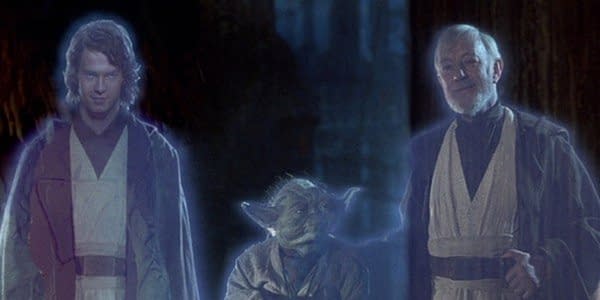
In the original cut of the 1983 film, after Vader succumbs to his wounds on the second Death Star and Luke flees to escape the core meltdown, he joins his fellow rebels on Endor during their victory and the presumed fall of the Galactic Empire. In the final scene, he peers off into the distance where he sees the force ghosts of Yoda (Frank Oz), Obi-Wan (Alec Guinness), and now, Anakin (Sebastian Shaw) joining them. Since the amended Special Edition in 2004, Lucas replaced him with younger Anakin actor Hayden Christensen. He would go on to play him in Attack of the Clones (2002) and Revenge of the Sith (2005). Witwer, who provided the voice for Maul in The Clone Wars, Rebels, and the live-action film Solo (2018), revealed the loose end in the form of the dialogue was supposed to take place on the series finale of TCW on Disney+.
"Lucas explained that when you're a Jedi and you think of your friends, you can sort of touch them in the Force," Witwer said. "You can just kinda reach out and think of your friend, and you get a good feeling. You know that they're out there. And you look out in the starlit sky, and there's stars out there and every one of them is a Jedi. And when the Empire starts taking over, one by one the stars start winking out, until Order 66, 'Boom', almost all of them are gone at once. And when Ahsoka reaches out to touch her friend Anakin, he's gone. She doesn't sense Anakin Skywalker out there. He is no longer there, so her assumption is he's dead. He was killed. So that idea that Anakin Skywalker died when he did in Revenge of the Sith was also built into the Clone Wars series and into George's understanding of how the Force works and how these things work."
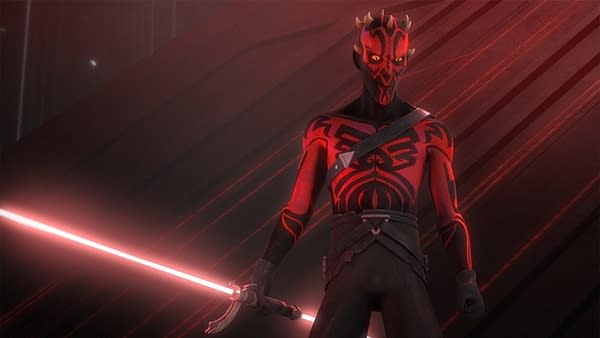
So in other words, when you turn to the Dark Side, you cease to exist in your natural state and your time in the light represents the way the Force sees you. "Ultimately, with all these bad guys, the further down into the dark path that they go, the more they become a caricature of themselves. I mean if you look at Darth Vader, the sweep of his helmet is a mockery of Anakin's hairstyle. His robes are like a mockery of what Anakin's Jedi robes were. Even Darth Maul becomes a twisted mockery with spider legs and all kinds of weird stuff. Palpatine is completely an evil caricature of Senator Palpatine," Witwer explained.
"The darker they go, it's like if you never hear the word 'no' from anyone or you refuse hearing the word 'no' from any other human being, you're no longer living in the real world, and suddenly you start behaving very strangely and start living this strange Howard Hughes type thing, except Star Wars and the dark side. So the idea that Anakin became a different person, that's part of the DNA all the way back from these movies and all the way through the Clone Wars, all the way through the prequels, all that stuff. It's fun, interesting stuff to think about." The final season of Star Wars: The Clone Wars is available to stream on Disney+.









![Stranger Things: Lingering Questions Following the Finale [SPOILERS]](https://mlpnk72yciwc.i.optimole.com/cqhiHLc.IIZS~2ef73/w:350/h:350/q:75/rt:fill/g:ce/https://bleedingcool.com/wp-content/uploads/2026/01/StrangerThings_S5_0728_R.jpg)

